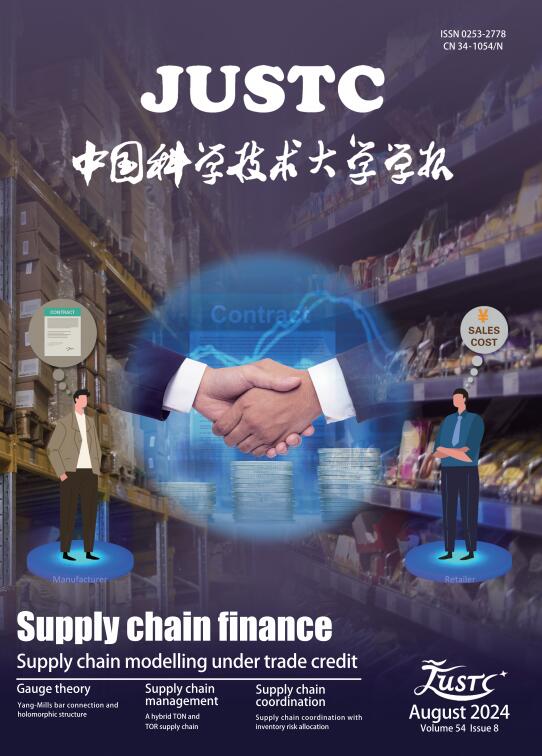2017 Vol. 47, No. 4
Display Method:
2017, 47(4): 311-319.
doi: 10.3969/j.issn.0253-2778.2017.04.005
Abstract:
2017, 47(4): 336-341.
doi: 10.3969/j.issn.0253-2778.2017.04.008
Abstract:
2017, 47(4): 350-357.
doi: 10.3969/j.issn.0253-2778.2017.04.010
Abstract:
2017, 47(4): 358-368.
doi: 10.3969/j.issn.0253-2778.2017.04.011
Abstract:





